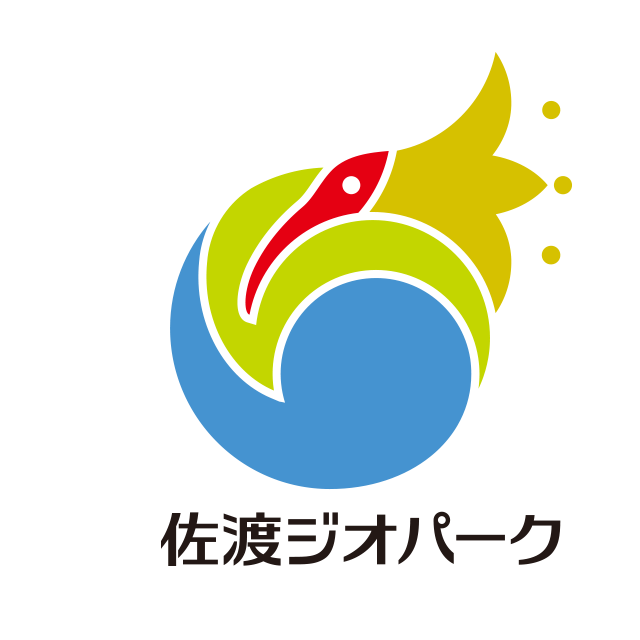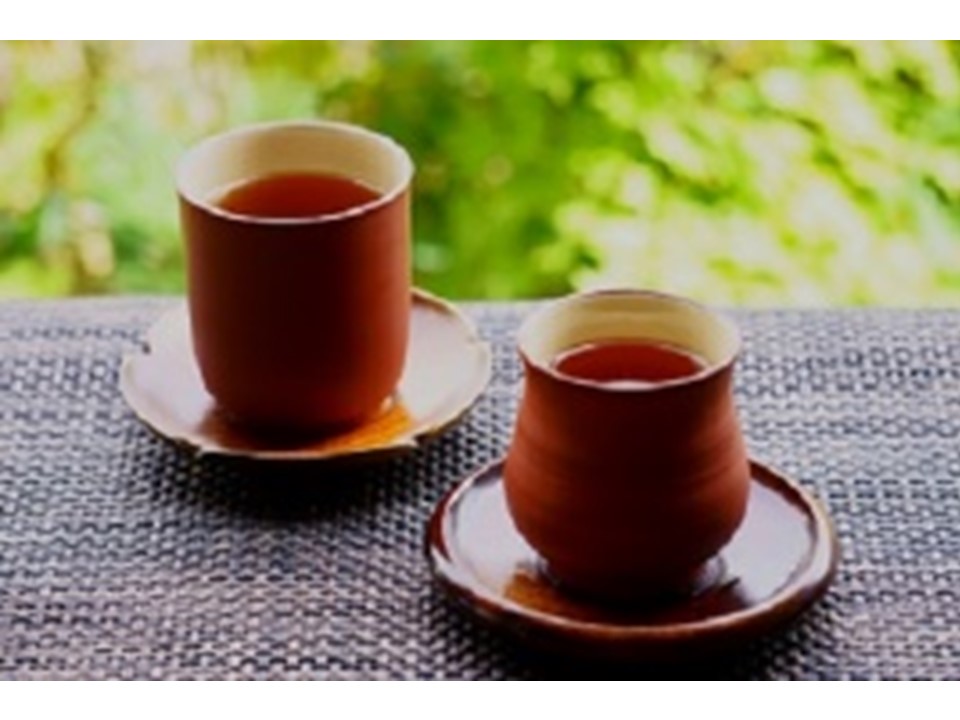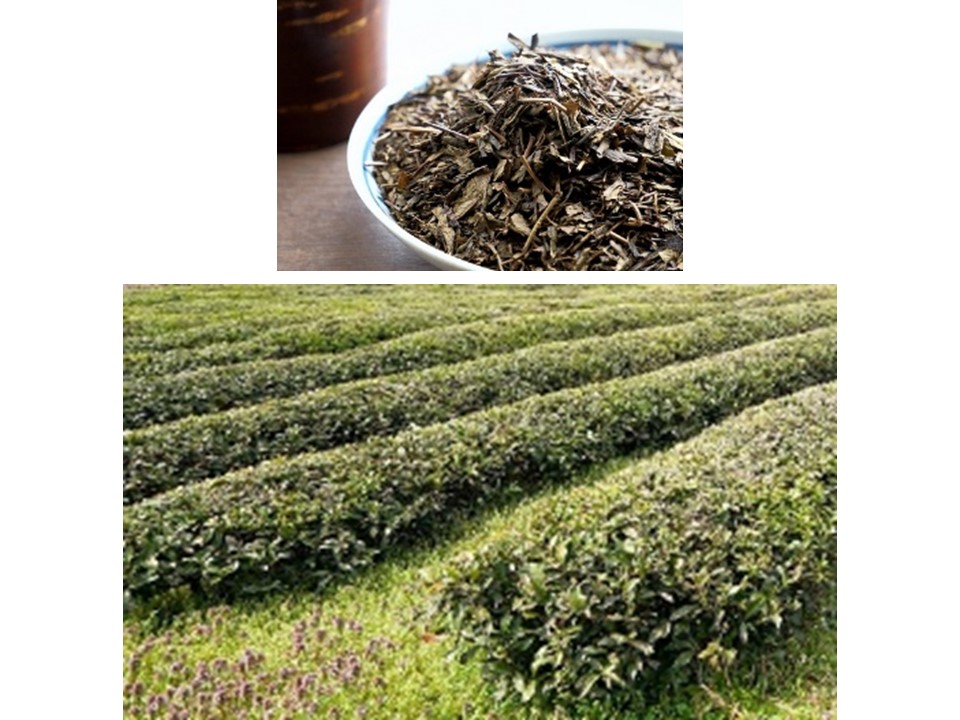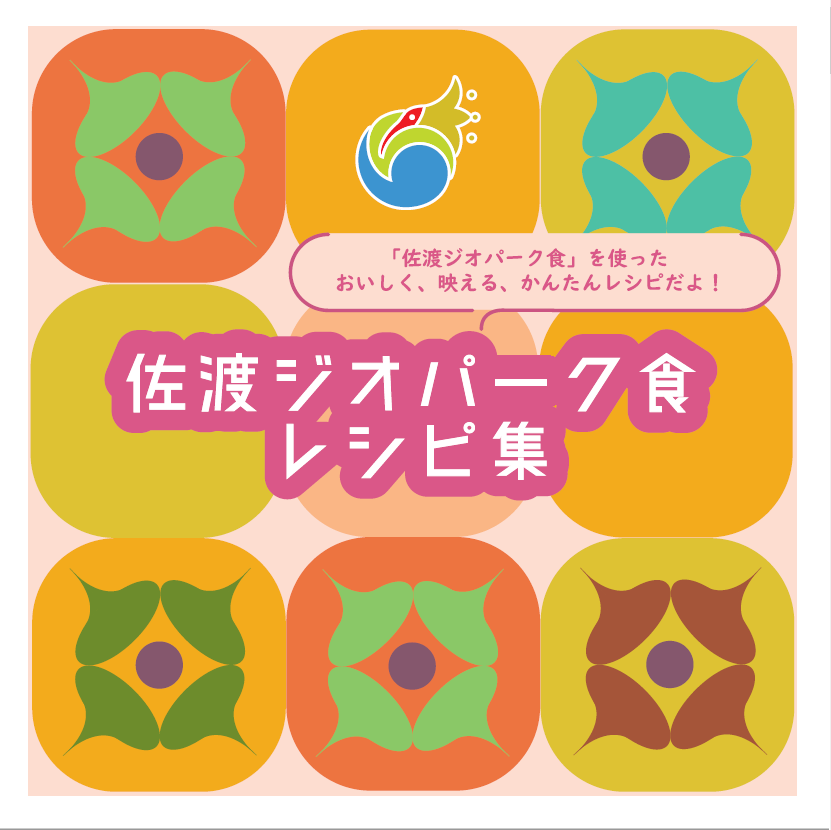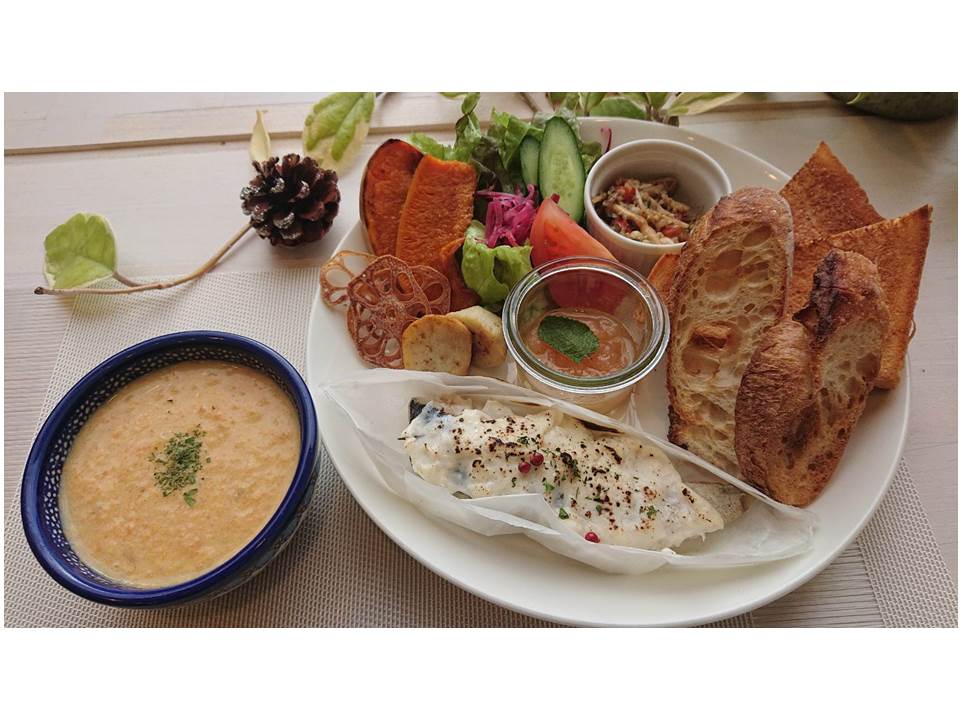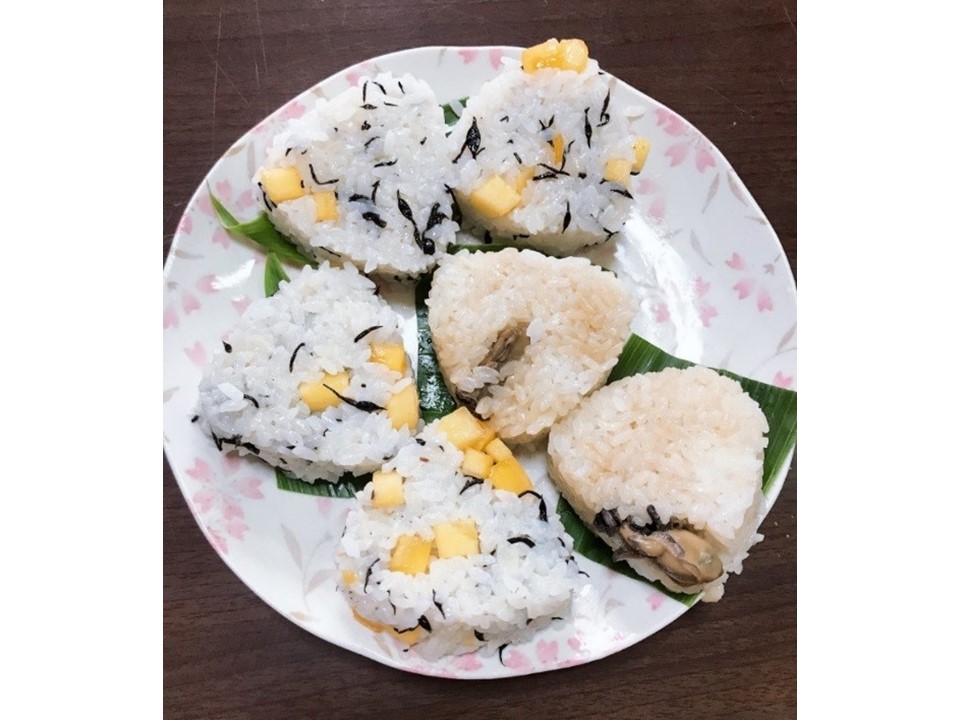Sado Island Geopark Foods
Here, you will find local specialties with a connection to the history of Sado Island, its natural environment, and its inhabitants' lives. Of course, we will talk about the history of Sado Island Geopark.
We invite you to enjoy these Sado Island Geopark foods.
Sado Tea
The Origins of Sado Tea
Sado is the second most northern area for tea cultivation in Japan after the Murakami region, though only a small amount of tea is produced on this island. In the early Edo period (1603-1867), the development of the Sado gold and silver mines brought lots of migrants to the island, and an increase in food production was necessary to support the growing population. Land with a good supply of water was used for rice fields, and the areas with poor water supply were used for other agricultural products. Some of these fields were used for tea cultivation. Terraces of tea plant thrive on the east side of the Kuninaka Plain. These terraces were formed by the uplift of sandbars which connected the Osado Mountains and the Kosado Hills.
Characteristics
On Sado Island, when you hear bancha (green tea), the person is usually referring to hojicha (roasted green tea). The cultivation of green tea on Sado is said to have been influenced by Kyoto culture, as people who were exiled to the island were nostalgic for the capital. Unlike ordinary bancha, Sado bancha uses the sprouts of the tea plant as well as the leaves, making it a very tasty, refreshing tea with little bitterness and a sweet taste.
